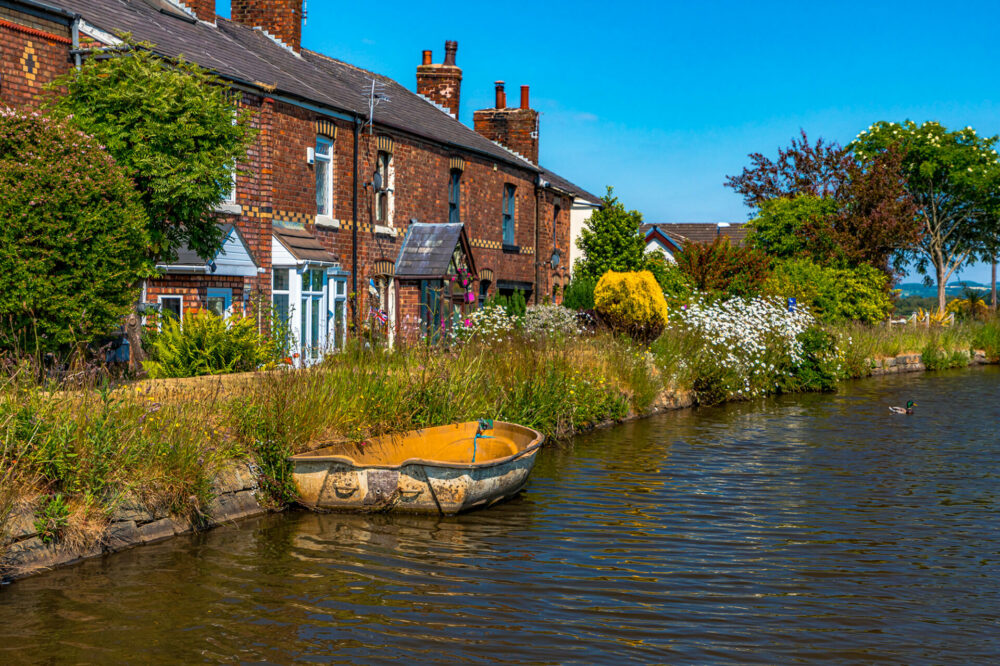Set in the heart of West Lancashire, the quiet town of Burscough is today best known for its canalside charm, towpath cafés, and peaceful boating holidays. But beneath its calm surface lies a fascinating industrial past — one built on the waterway that quite literally put Burscough on the map: the Leeds & Liverpool Canal.
In this post, we explore the rich history of the canal at Burscough — from its origins in the 18th century to its modern-day revival.
🛠️ The Canal That Built a Town
The Leeds & Liverpool Canal — the longest single canal in Britain — was conceived in the 1760s as a way to link the booming port of Liverpool with the textile centres of Yorkshire. Construction began in 1770, and by the mid-1770s, the canal reached Burscough, transforming the area overnight.
Before the canal, Burscough was little more than a farming village. But once boats started passing through carrying coal, stone, cotton, and other goods, the town quickly expanded around this watery lifeline.
🧭 A Strategic Junction
Burscough isn’t just a stop along the Leeds & Liverpool Canal — it became a key junction, thanks to the creation of the Rufford Branch in 1781. This branch linked the canal to the River Douglas, and ultimately the Ribble Estuary, creating a navigable route to the Irish Sea.
This junction made Burscough an important crossroads for goods heading west to Preston or south to Liverpool — and it’s still visible today as the point where boaters can turn off toward Rufford and beyond.
🐴 The Horse-Drawn Days
In the early days, canal boats were pulled by horses along the towpath. The town was home to Burscough Wharf, a busy transhipment point with warehouses, stables, and loading docks. Goods were offloaded for nearby Ormskirk and Southport, and local businesses thrived.
Boaters would stop for supplies, stable their horses, and rest at the local inns — a tradition still echoed today by modern visitors mooring up for a pint.
📉 Decline & Rediscovery
By the mid-20th century, the rise of rail and road transport meant the canal’s commercial role declined. Burscough Wharf fell into disrepair, and the once-busy waterway grew quiet.
But in recent decades, something remarkable happened: the canal was reborn. With the rise of leisure boating, canal holidays, and interest in Britain’s industrial heritage, Burscough’s stretch of the canal found new life.
🏞️ Burscough Today: A Canal for All
Today, the canal at Burscough is a beloved part of the local landscape. Visitors come for:
- Narrowboat holidays and short skippered cruises
- Waterside cafés and pubs along the revitalised Burscough Wharf
- Cycling and walking along the scenic towpath
- Wildlife watching, especially near the nearby Martin Mere Wetland Centre
The canal still runs through the heart of the town — not just as a route for boats, but as a reminder of how Burscough was built on the water.
🚤 Final Thoughts
The history of the canal at Burscough is a classic British story: industry, decline, and rebirth. What once carried coal and cotton now offers calm, connection, and charm.
So whether you’re mooring up for lunch, cruising through on a boat holiday, or simply wandering the towpath — take a moment to appreciate the canal that made Burscough what it is today.


